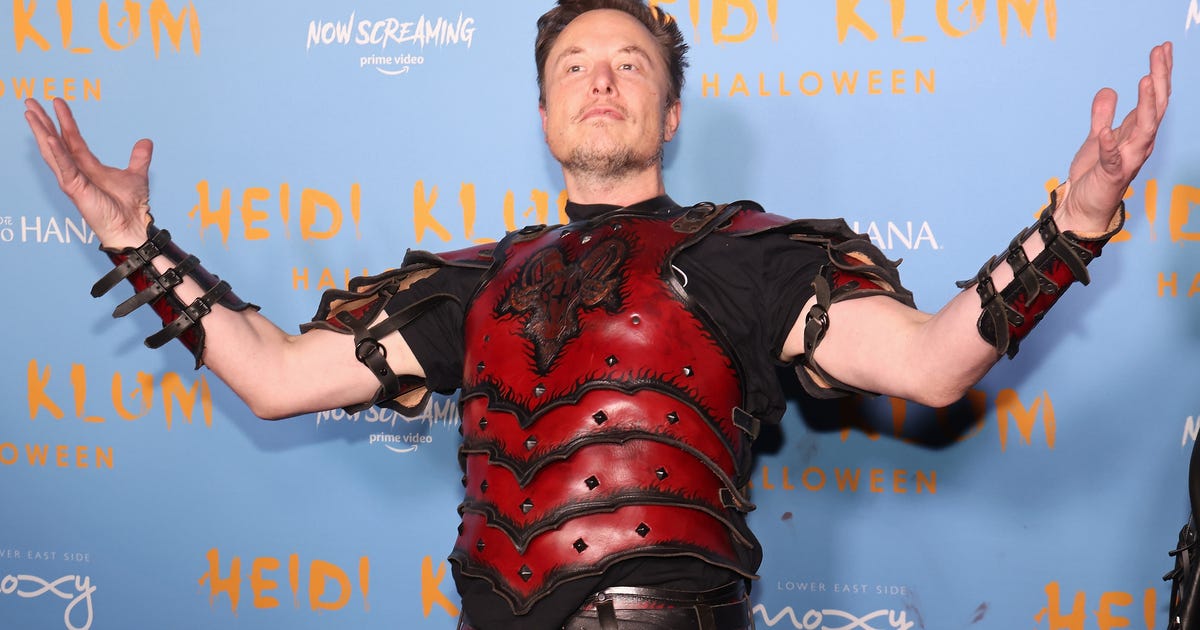Two weeks after Twitter was taken over by its new owner, it finally appeared on select high-profile accounts: Elon Musk’s new gray check mark and an “official” label underneath a user’s screen name. And so began a bright and shiny new era of verified accounts and an end, finally, to impersonators everywhere.
Yeah, right. This is Musk, after all, and nothing is simple with the controversial billionaire. The gray check marks were supposed to be part of Musk’s grand plan to make verification — an official sign that you’re who you really say you are — accessible to all. But the gray checks barely lasted a few hours, vanishing just as suddenly as they appeared. In an hour-long live audio chat on Twitter that same day, Musk called the labels “an aesthetic nightmare when looking at the Twitter feed.” On Friday, the labels reemerged on Twitter’s own pages and those of a few big brands and publishers.
On Wednesday, another part of Musk’s plan went into effect, an offer to let people who paid $8 a month for a Twitter Blue subscription get a blue check mark showing they were verified. Unsurprisingly, scammers immediately jumped on the opportunity to create fake, but “verified,” accounts.
Then Musk, who paid $44 billion for the social media network, reportedly told employees (the 3,700 left after he fired half the workforce a few days earlier) that bankruptcy was a possibility. That message was delivered even as he attempted to woo back advertisers spooked by the turmoil.
So, not a great week for Musk or Twitter.
The confusing, whiplash-inducing mess is, however, a massive spectacle that is, depending on your attachment to Twitter, either wildly entertaining or extremely depressing. We’re potentially seeing the rapid implosion of one of the most influential social media platforms in the world, one that’s helped kick off revolutions (for the better) and shifted the fate of presidential elections (for the worse). Though bygone platforms like Friendster or Google Plus faded away quietly, Twitter, in typical Musk style, could be going out with the roar of a SpaceX Falcon Heavy rocket launch.
“It is hard to see Twitter survive this unless Musk steps back and puts a grown-up in charge,” said Carolina Milanesi, an analyst at research firm Creative Strategies. “While I can understand the need for change on Musk’s part, coming in and throwing everything out is something that rarely leads to success.”
The abruptness of Twitter goings-on, from half the staff getting laid off to the false start on the gray check marks, creates a level of unpredictability that’s terrible for business but irresistible to anyone fascinated with watching a meltdown in real time. The “what will happen next” factor would make any reality show producer jealous.
Musk — who’s been tweeting out his conflicting ideas about Twitter — telegraphed in a tweet that there are more false starts and unpredictability ahead. “Twitter will do lots of dumb things in coming months,” he wrote, hinting at more rapid shifts. “We will keep what works & change what doesn’t.”
That’s got to be really reassuring for those advertisers he desperately needs to stick around. Twitter has lost money for two straight years and depends on ad sales, which account for virtually all its revenue.
I wish I could just kick back, eat popcorn and watch the chaos unfold. I’ve weaned myself off of Twitter significantly over the last few years, largely tweeting out CNET stories from my staff and sending a handful of retweets. But the political turmoil, the pandemic and the ease with which I fall back into doom-scrolling curbs my enthusiasm for even opening the app. I’m as detached as I’ve ever been from Twitter, a place I practically lived on with near-constant tweets over the last 13 years.
I suspect I’m not alone, and I could be joined by more of the 237 million people on Twitter who may be looking to defect to rival services like Mastodon if some of these changes stick. (Even if my colleague Stephen Shankland thinks Mastodon is too complicated.) Musk still hasn’t clearly stated his stance on moderating toxic content, aside from laying off most of the team responsible for monitoring it. It doesn’t help that longtime Twitter executive Yael Roth, who’s been reassuring advertisers and users since Musk’s buyout, called it quits at Twitter on Thursday. A rise in hate speech could spark an exodus of tired, frustrated or just annoyed users.
Likewise, if Musk does go through with prioritizing tweets for Twitter Blue subscribers and aggressively pushing that $8 monthly fee, more folks could wash their hands of Twitter.
“Following adjustments to Twitter’s verification features, the constant back-and-forth on product launches and policies gives the impression that Twitter is descending into anarchy,” said Rachel Foster Jones, an analyst at research firm GlobalData. “Fears regarding impersonation and misinformation may irreparably tarnish the platform’s integrity.”
As a journalist who’s covered tech and digital media for more than two decades, I can’t ignore Twitter as a company and a story. But keeping up with every new tweet or report is a full-time job. (Fortunately for you, CNET has this handy Musk-Twitter timeline that notes the latest developments.)
I also know what’s at stake with the potential loss of Twitter, given its value as a public forum. Losing the platform that helped birth the Arab Spring and the #MeToo movement would be devastating to society.
But right now Twitter is quickly devolving into a sinkhole that keeps getting bigger – and none of us can take our eyes off of it.

